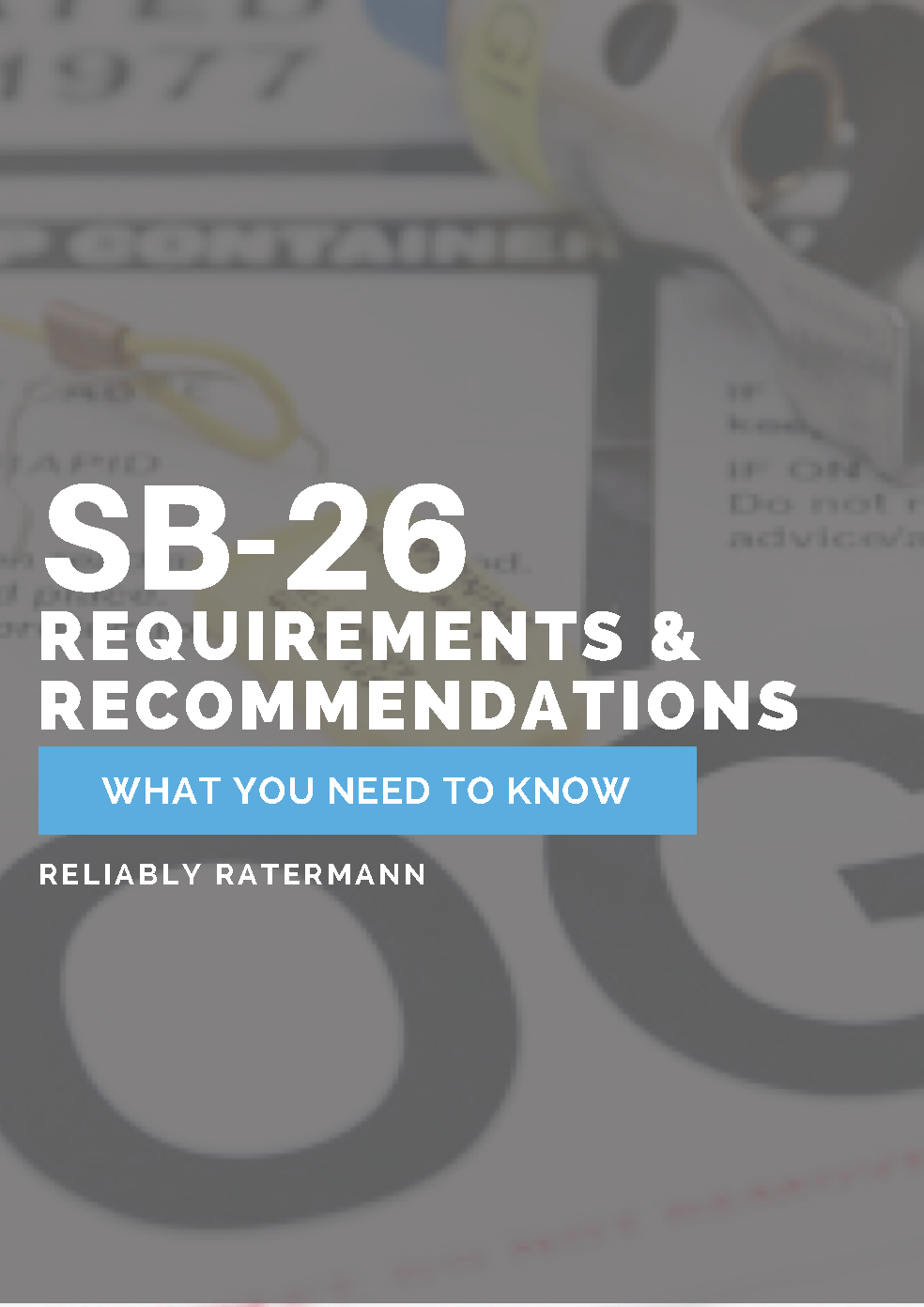Ratermann Learning Center
A hub providing relevant information and updates on industrial gas, cryogenics, and CGA regulations, as well as industry specific solutions for fill plants, beverage distribution and medical gas supplies.

By:
Lance Looper
August 24th, 2023
Hydrogen, specifically green hydrogen, is growing in popularity as countries and industries look for climate-friendly energy solutions that reduce reliance on fossil fuels. As demand grows, so does the need for developing a safe, reliable infrastructure that makes that transition more feasible.

cryogenic valves | generant | valves | relief valves
By:
Lance Looper
August 9th, 2023
When it comes to hydrogen systems, high-quality stainless steel is the rule, not the exception. Resistant to rust, discoloration and warping, stainless steel performs exceptionally well under harsh conditions. Not only relied upon for hydrogen systems, stainless steel components are also critically important in high-purity applications like cannabis extraction and oxygen service, where high quality is a necessity, not an option.

Refresh your understanding of the critical preventive measures that have been shown to save lives by subscribing to our blog for a free download of our guide: Ratermann's guide to SB-26 & our reccomendations to prevent gas mix-ups.

cryogenic valves | hydrogen | valves | herose
By:
Lance Looper
July 26th, 2023
As hydrogen continues to increase in popularity, a particular focus is finding valves and components that are tough enough to stand up to hydrogen. By affecting the electrochemical kinetics of certain metals, hydrogen can cause pitting and acceleration of the rate of inter-granular corrosion of high-strength steels, titanium alloys and aluminum alloys, which are the most vulnerable metals. Additionally, the interaction of hydrogen and stress can result in escalated stress-corrosion cracking susceptibility of steel, particularly in welded joints.

industrial gas | hydrogen | valves
By:
Lance Looper
July 12th, 2023
Hydrogen is the most common chemical element in the universe, and is rapidly becoming more and more important in the sustainable energy supply. This increased demand, coupled with the stringent requirements for conversion and use, makes quality, safety and security of the utmost importance. Herose’s high-performance FullX hydrogen valves are the standout in the industry across the full range of hydrogen applications:

cryogenic equipment | cryogenic valves
By:
Lance Looper
June 27th, 2023
The extremely low temperatures that cryogenic systems operate under causes materials to become brittle and more susceptible to damage. Any foreign particles such as dirt, dust or even water vapor can damage the system by scratching or abrading components. That, in turn, leads to leaks that can release cryogenic fluids and cause life-threatening situations.

Cryogenic Corner | cryogenic equipment | cryogenic valves
By:
Lance Looper
June 7th, 2023
Positive displacement systems can be found across a broad range of industries where accurate and precise fluid or gas transfer or pumping is imperative. In the simplest of terms, a positive displacement system displaces a specific quantity of liquid for every revolution or cycle that a pump completes. The flow rate is directly proportional to the speed and number of pump cycles over a given time.